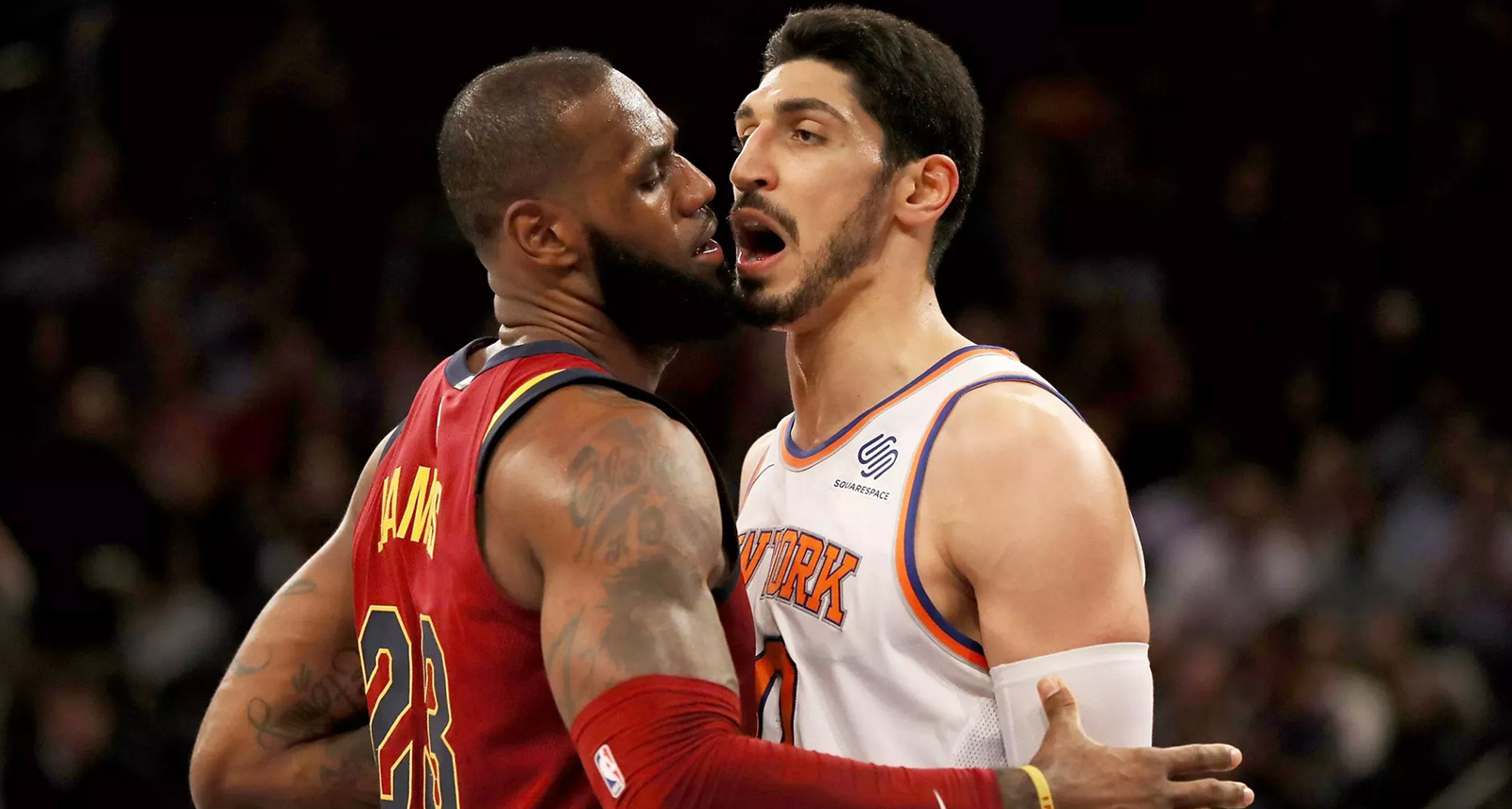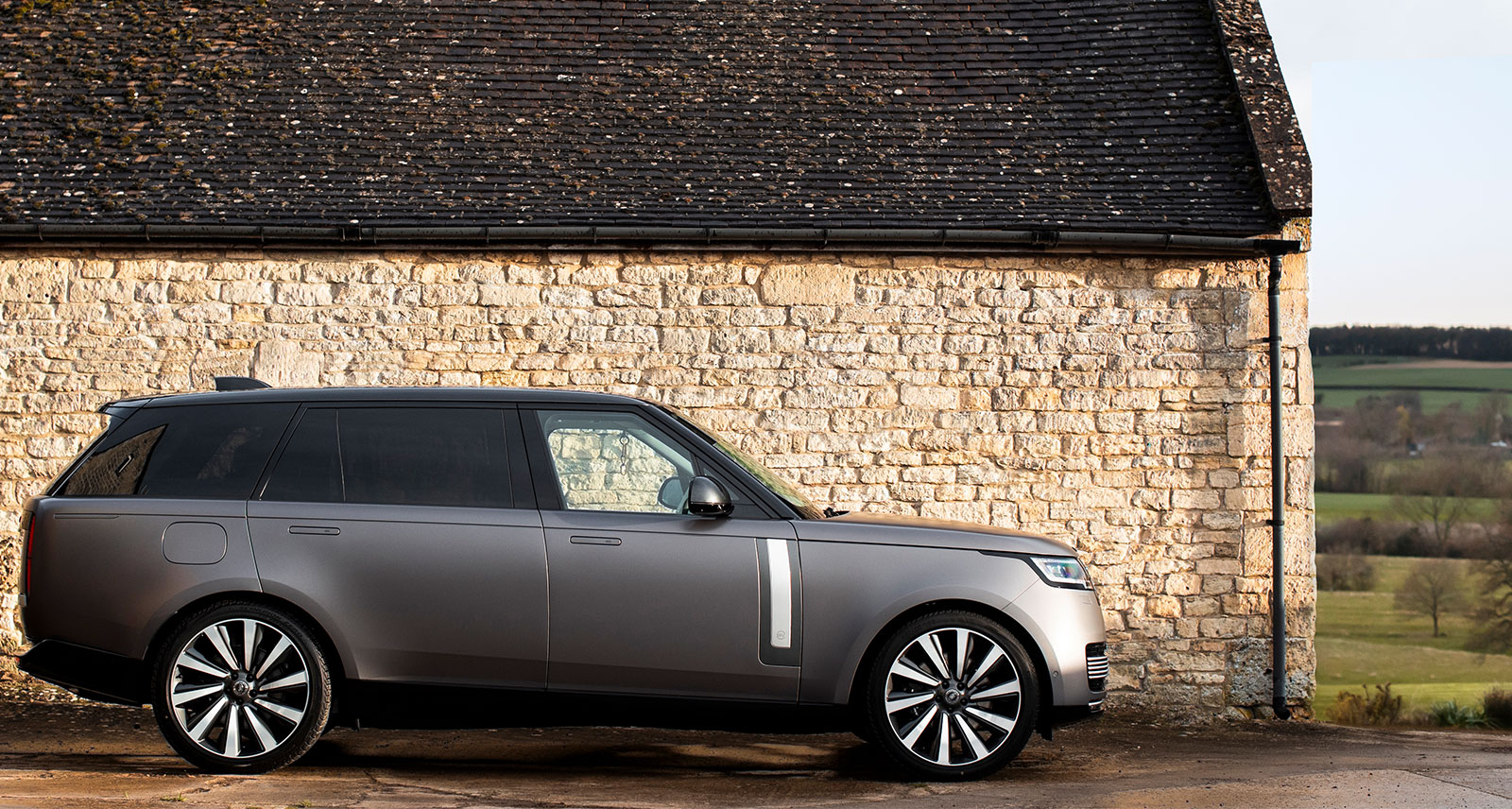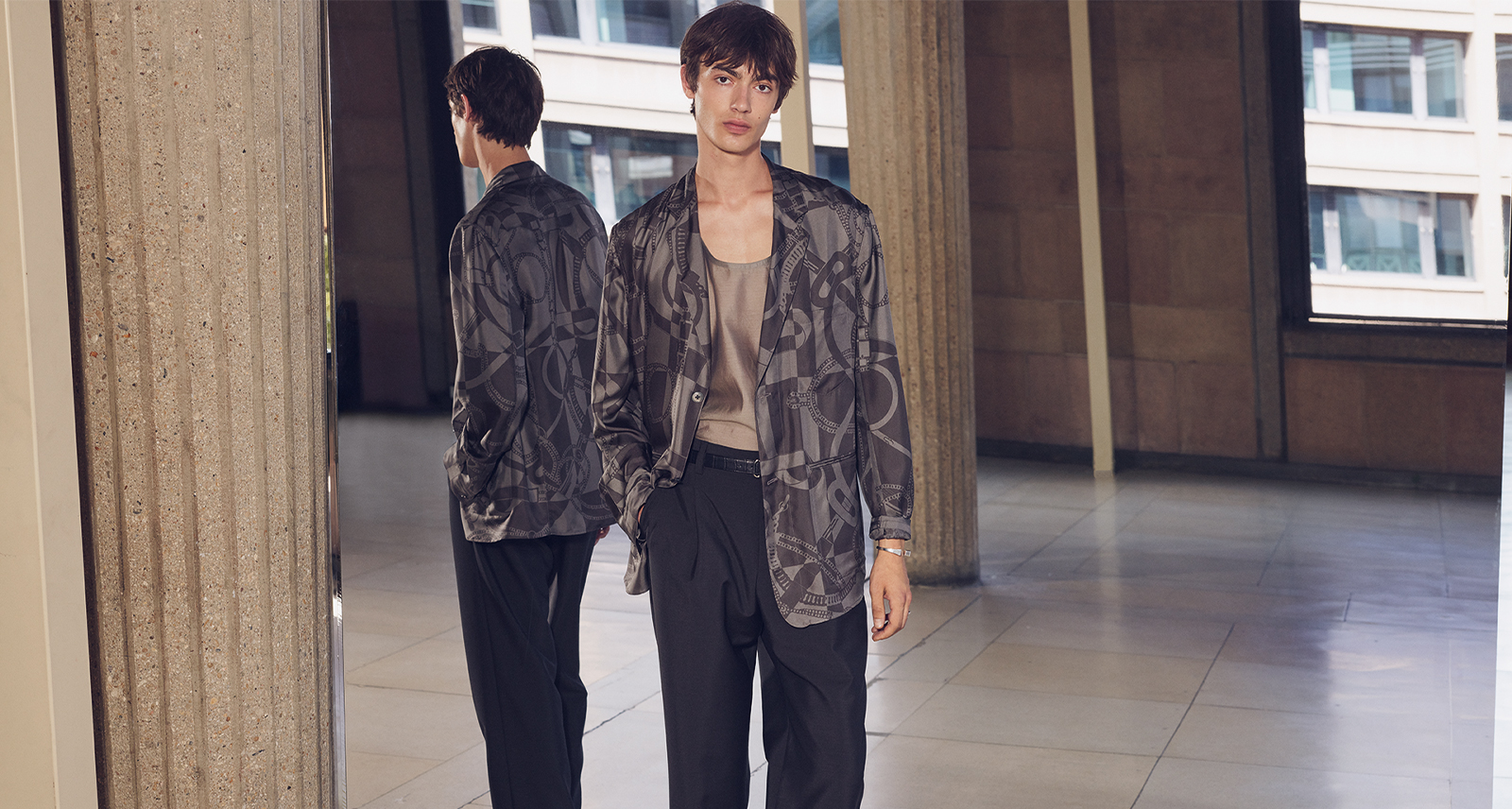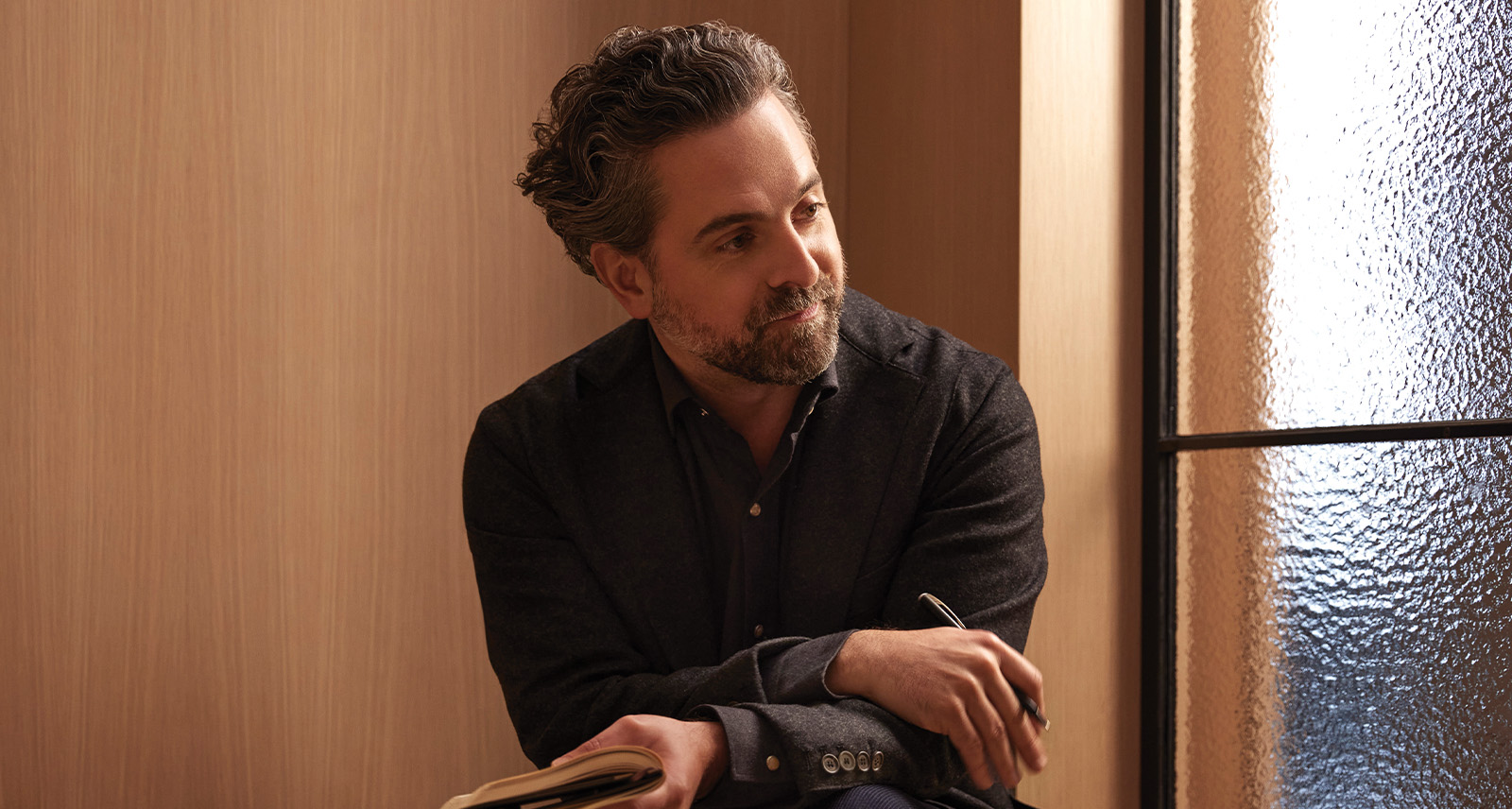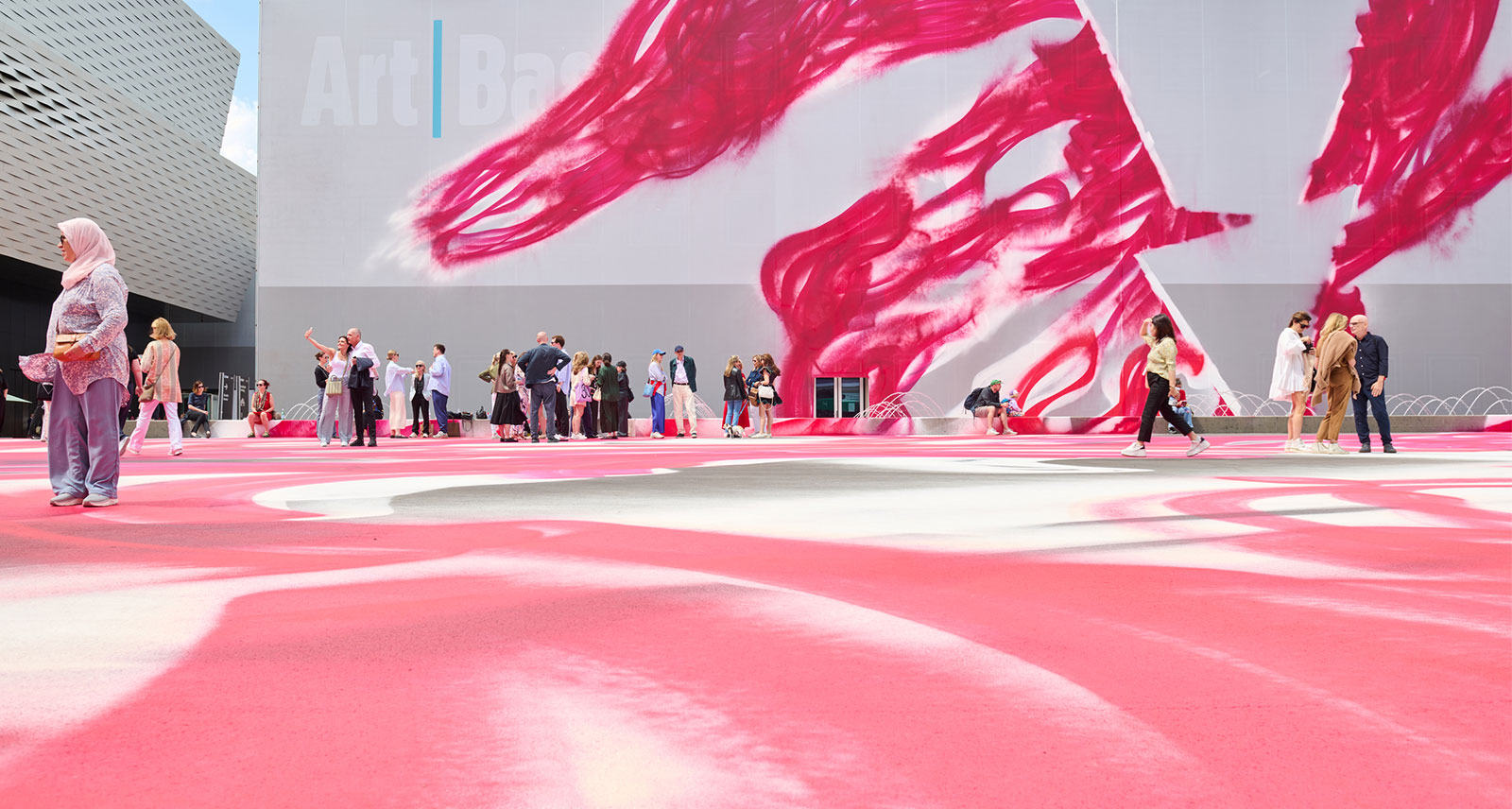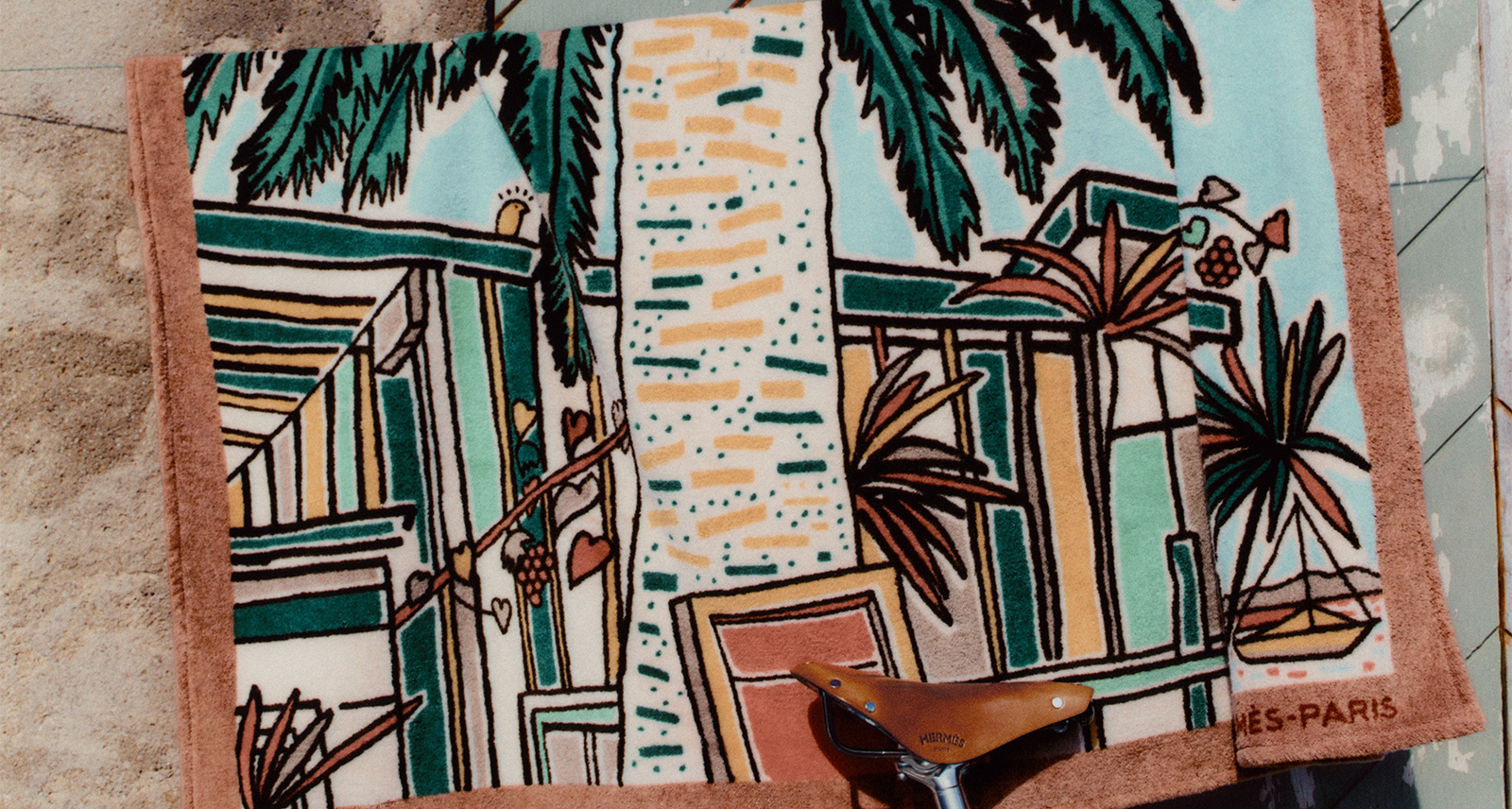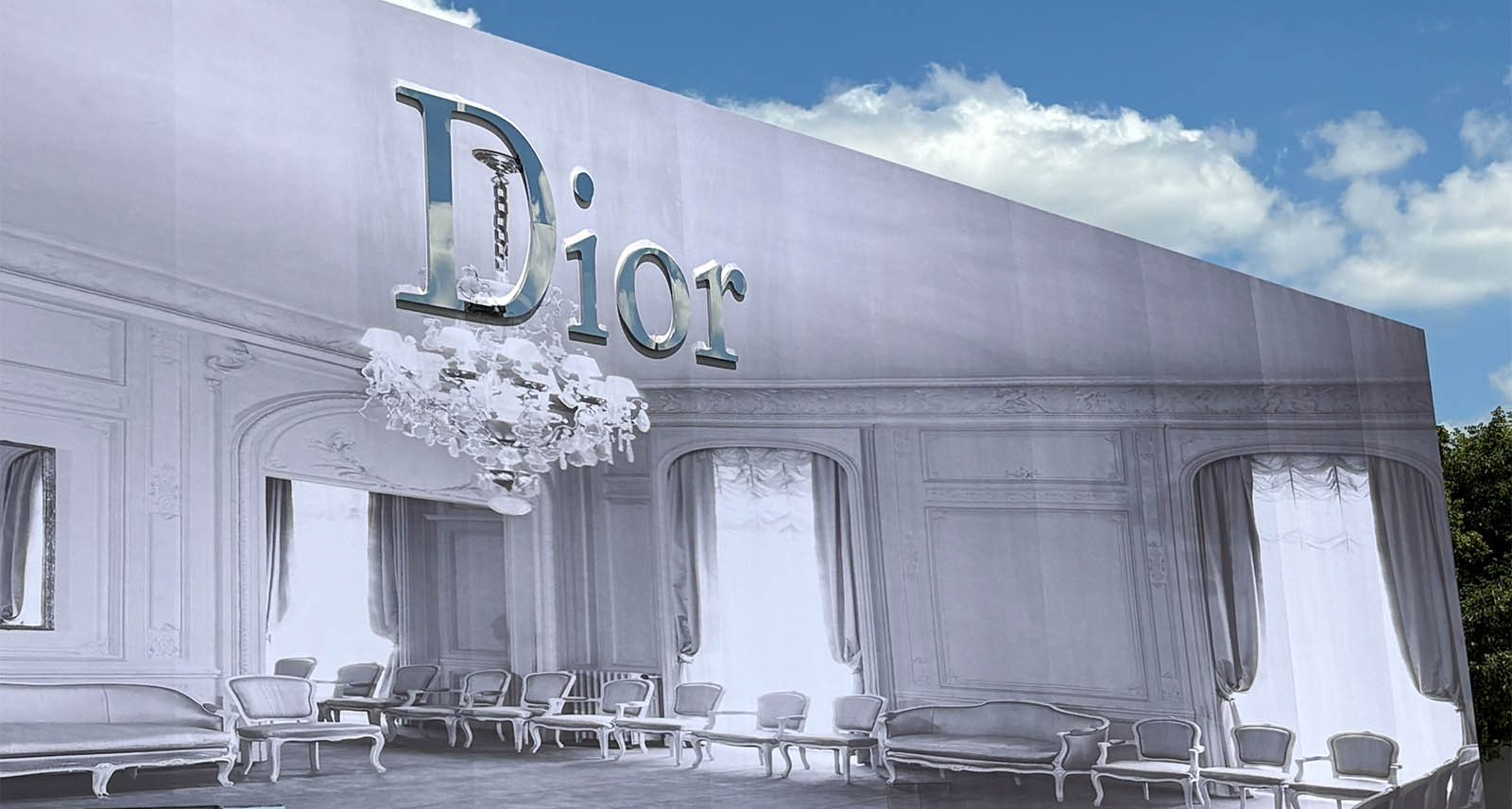Peacocking in Primetime: The NBA and the Rise of the Unfight
The strangest NBA trend of the last several years hasn’t been the record shattering barrage of threes, burner Twitter account revelations, or Joel Embiid’s quest to become the greatest troll of his generation. No, in recent seasons the league has endured something far weirder. A dramatic display of bravado that manages to be both aggressive and remarkably passive. A showdown that is as much a fight as it is a nose kiss.
Take the LeBron James versus Enes Kanter duel from a couple seasons ago. LeBron trolled the Knicks by telling reporters that they should’ve drafted Dennis Smith Jr. over Frank Ntilikina. Knicks forward Enes Kanter shot back on Twitter, defending his team’s rookie guard. Then, happily, they played basketball against each other. After making a basket, LeBron intimidated Ntilikina, who shoved LeBron, who kept on intimidating Ntilikina. The result was Enes Kanter stepping in and going face-to-face with LeBron, or even fast-past-face, in what has quickly become the new normal of NBA skirmishes.
It didn’t used to be like this. NBA players used to actively swing at one another. But these days, nearly every NBA fight is another episode, as Jalen Rose would say, of, “Hold me back!” And these face-on-face-offs have cropped up elsewhere in the sports world. Boxing and MMA weigh-ins often result in two fighters looking more amorous than dangerous. And baseball umpires and managers seem to love nothing more than a close range screaming match.
Yet unlike basketball, other sports still value good old-fashioned fisticuffs. A basebrawl involves a hearty amount of shoving and some loosely (and not-so-loosely) connected punches. Hockey fighting has its own website to keep track of the action, with teams that, until only recently, rostered players solely for their “enforcing” — ie. shit-kicking — ability. And though football players frequently talk trash facemask-to-facemask, it’s often the precursor to something a little more serious.
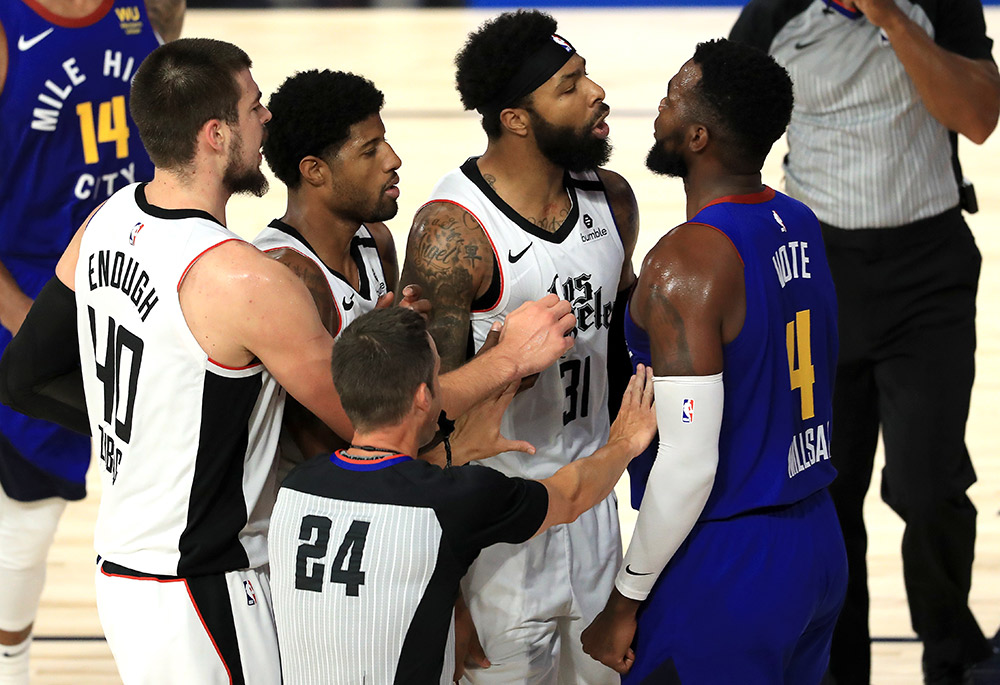 Photo by Michael Reaves/Getty Images
Photo by Michael Reaves/Getty Images
So what gives? Why do the other three major professional sports invite fights while basketball invites hickeys? In order to help distinguish what separates facing off from actual fighting, I sought the help of Traci Brown and Patti Wood, two renowned body language experts. Both were able to identify several key factors that help explain the rise, as Brown called it, of the “unfight.”
In a typical altercation, an attacker will approach an opponent and trigger what is commonly known as the fight or flight response, but is really the freeze in place, flight, fight, fall, or faint response. This response kicks in quickly. “It comes up in surges and then it falls into one of those categories,” says Wood. Within seconds, the conflict has entered a second phase. I shared some prime examples of unfighting with Wood. “One of the things I was seeing in the videos is how they sustained it,” notes Wood. “They kept going and going. There’s artifice to it.”
Brown also noticed this element of artifice. A former athlete herself, she is aware of the entertainment factor that drives professional sports. “They get paid more if people watch,” she says. “Reality TV knows that. The NBA knows that. It’s all a big TV show at the end of the day, and yes, there’s athletics involved, but it’s a TV show.”
Playing it up for the cameras has obvious benefits. The highly anticipated match-up in 2016 between former teammates Russell Westbrook and Kevin Durant produced one of the largest regular season TV audiences in recent NBA history. And Westbrook and Durant delivered, providing a prime example of unfighting midway through the third quarter. After knocking the ball away from Durant, the two exchanged heated words. They approached each other, getting closer and closer, until their foreheads were mashed together, their mouths continuing to spew invective. Finally they were separated by officials. There has been much conjecture about their relationship since Durant signed with Golden State in 2016. In their face-off, Patti Wood saw all she needed to see. Is it possible that this display was a twisted sign of affection?
“I saw it as more like a little dance,” explains Wood. “‘I’m coming in and we’re going to dance together. It is this bizarre dance of intimacy. An aggressive act of intimacy.” Wood, who analyzes the behavior of celebrity couples, saw symbolism in the dance. Celebrities who place their heads together in public are displaying like-mindedness, says Wood. Durant and Westbrook, after going through a very public split, were, in a sense, doing the same. By facing off, they were telling the world that they are very much on the same page about not being on the same page. “That’s, ‘I’m going to play with your mind, I’m going to mess with your brain, mess with your head.’ And when you bring your shoulders back and press your chest forward, and you’re exposing yourself to attack, you’re saying, ‘Go on I dare you, I’d still win,'” says Wood.
This kind of behavior is known as “peacocking.” It is a way to flaunt one’s physical attributes while at the same time baiting an opponent. And it is this baiting element that ultimately sets this form of aggression apart from actual fighting. For the ultimate goal is not to injure, but to provoke. Whereas in a real fight, one might lead with their fists, or maintain a potential striking or protective distance, the combatants in these examples immediately enter what Brown calls an “intensely personal, intimate zone.”
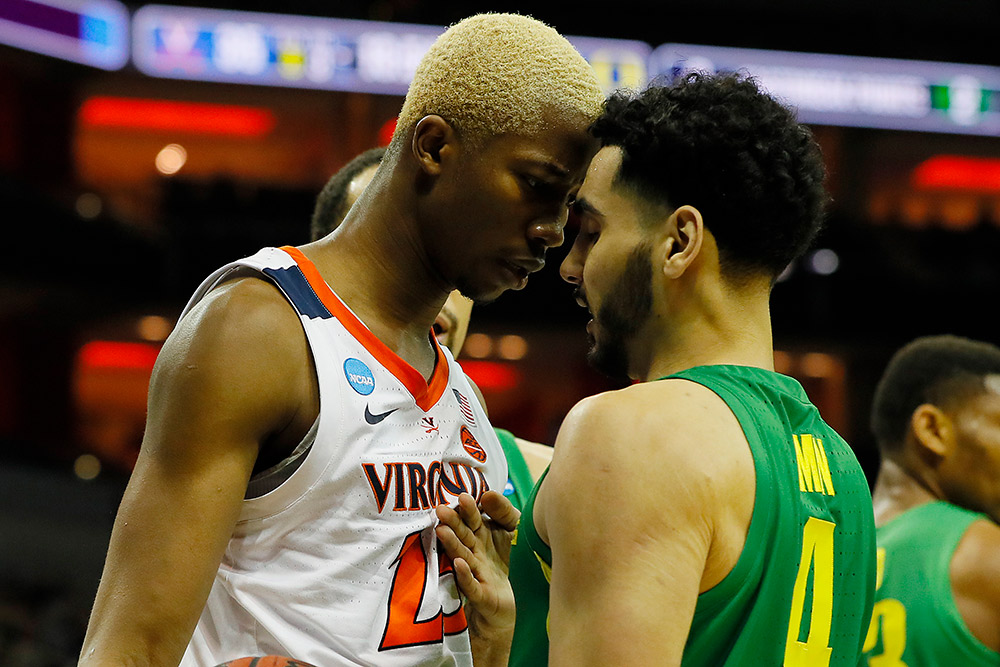 Photo by Kevin C. Cox/Getty Images
Photo by Kevin C. Cox/Getty Images
“I think part of it is they have to lead with something that’s not going to get them in trouble,” explains Wood. “They can’t lead with their hands. So what can they go forward with that won’t get them into trouble? They can go forward with their heads. If you’re that close up and you have an aggressive facial expression, frowns or sneers or snarls and stares, it’s quite assaultive. It tests the other person’s reactions.”
Baiting an opponent into a costly mistake would be a valuable tactic in a league in which the benefit-cost ratio dissuades actually striking someone. As Seth Rosenthal explained in SB Nation, the NBA is precisely this kind of environment. After the infamous Malice at the Palace in 2004 , and a subsequent vicious brawl between the Knicks and Nuggets in 2006, the league made a concerted effort to curb violent behaviour. Whereas football continues to slap aggressors on the wrist, any NBA player who leaves the bench during an on court altercation receives an automatic suspension. And suspensions, as Draymond Green found out the hard way, can swing titles. Basketball teams rely on their stars far more than teams in the other three professional sports do, making baiting a valuable tactic.
The unfight, then, is the easiest way to aggress while at the same time goading your opponent into a bad decision. “What can we do that we can get away with if there’s no sanctions for it?” asks Wood. “It’s ugly. It’s not attractive, but they may feel the need to do that to get that upper hand, that alpha placement.” Peacocking provides all of the testosterone and none of the violence, suspensions, and fines. You get to save face while saving face. The distinction is clear: in baseball, hockey, and football, where fighting is relatively tolerated, fights occur. In the NBA, where fighting is punitively discouraged, unfighting occurs.
It seems the unfight is here to stay. You might miss the old school tumults, fracases, donnybrooks, scuffles, and scrums, but as we’ve evolved, maybe our methods for conflict resolution have as well. Nose kisses may be up, but that means other styles of on camera aggression are down, and, as a society, isn’t that a good thing? LeBron James and Enes Kanter might not like one another, but it sure is fun to watch them solve their beef on the court, while actually remaining on the court. Let’s just hope they have powerful breath mints.
